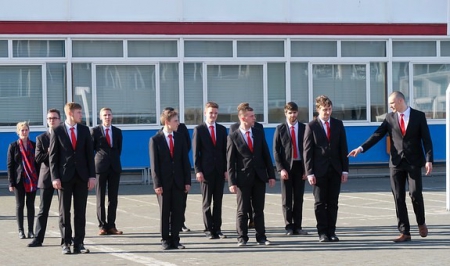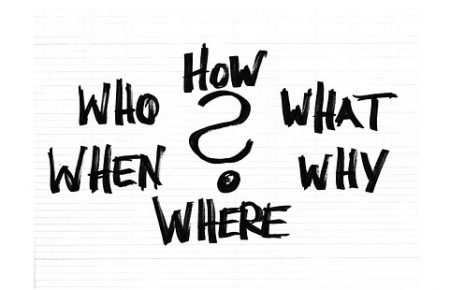TOEIC is a battle against time. I don’t want anyone to miss a score without solving it. I would like to know if there is a technique that can give a correct answer as soon as possible! ? Therefore, I would like to tell you about the strategies for each TOEIC issue 10 times. The first time to commemorate is “Listening Part 1”. This is the first problem of TOEIC. This is the part you want to aim for. Let’s take a look at it!
There is no need to see the details of the picture

Listening Part 1 is a total of 10 questions. Look at the black and white photos and choose the correct answer from (A), (B), (C), and (D).
The key to solving this listening part 1 is where the explanation of the entire listening problem flows for about a minute and a half before Part 1 begins. In the TOEIC where 1 second 2 seconds is very important, this one and a half minutes is very valuable. At this time, take a look at all the photos in Part 1 and get a rough idea of what you will hear. However, there is no need to look at details that are not understood. Rough and okay.
Find out what they are asking

If you look at the photos, let ’s take a look at the options. For example
(A) She’s checking a document.
(B) She’s knocking the door.
(C) She’s writing a letter.
(D) She’s fixing the machine.
What was the intention of the problem creator when creating this problem? Yes, to make sure that the verb that the photo represents can be selected properly. For these options, the subject and tense are all the same. The subject is She and the tense is progressive. In other words, it is the verb part that must be seen over time. If you can determine the part of the verb, you can find the answer in an instant.
What about this question?
(A) He sent an email.
(B) He’s attaching pictures.
(C) He goes to business school.
(D) He’s a accountant.
In such a tense choice, whether the tense is properly determined or whether the word represented by the photo can be selected correctly is questioned. If this is the case, look at the back. With that alone, you can narrow down the options for drawing pictures!
Similar words may not be the correct answer

There are such options.
(A) They’re composers.
(B) They’re wearing earmuffs.
(C) They’re looking at the screen.
(D) They ’re sitting on the chest.
Pay attention to the trap
When searching for the correct answer, it is unlikely that similar words (hooked words) of words on the photo will be correct.
(A) is a trigger when a composer has a computer on the photo. (B) is earmuffs when earphones are on the photo, and (D) is when the chest and chairs are on the photo.
If it is this pattern, there is no possibility of a correct answer (C). In this way, choices with words similar to those in the picture are often wrong. You’re trying to pick a word that is similar to your work and lead to mistakes.
Conclusion

1. Don’t look at the photos in detail
2. Think about what the problem is being asked
3. Options with similar words are probably not correct
If you repeat training based on the above points, listening to Part 1 is not a dream! Please try it!









































Leave a Reply